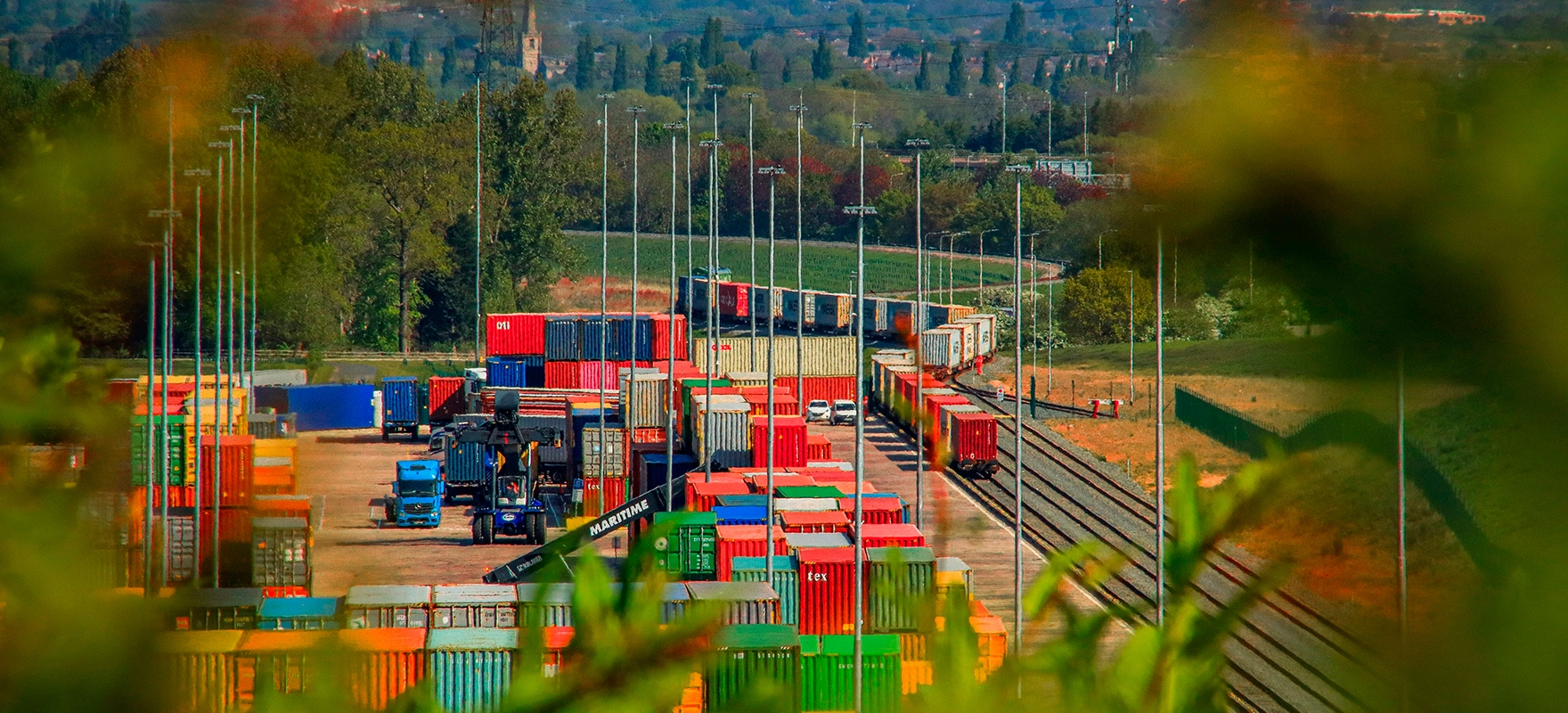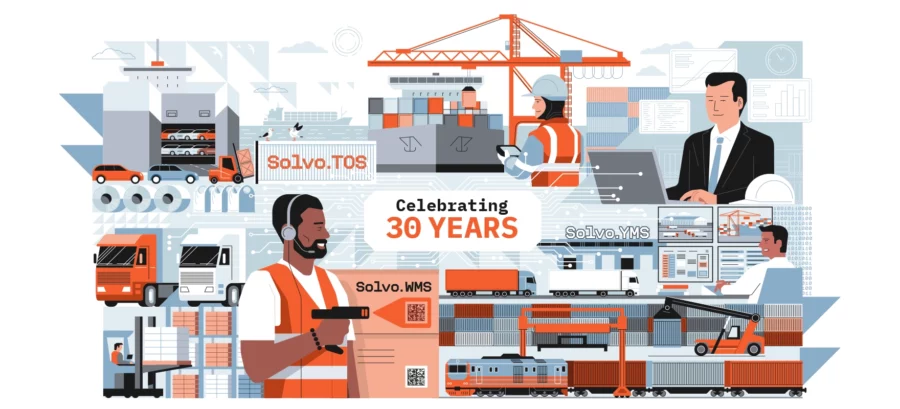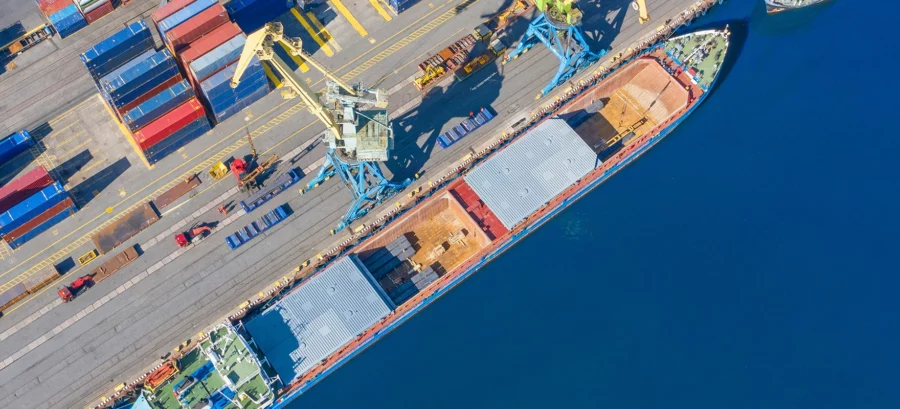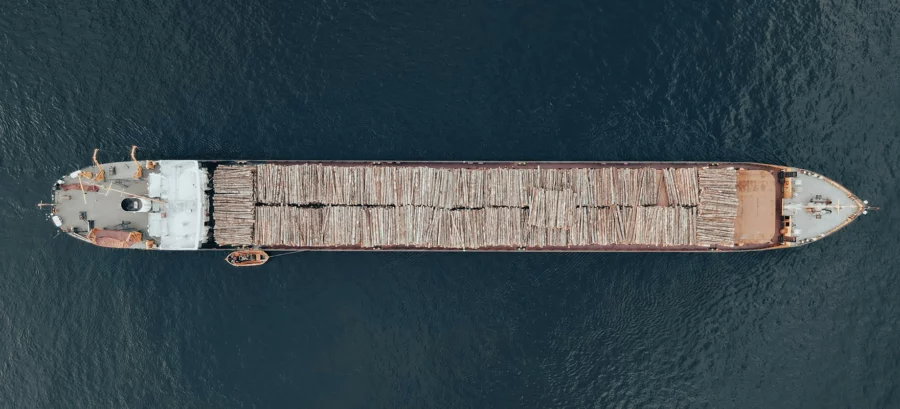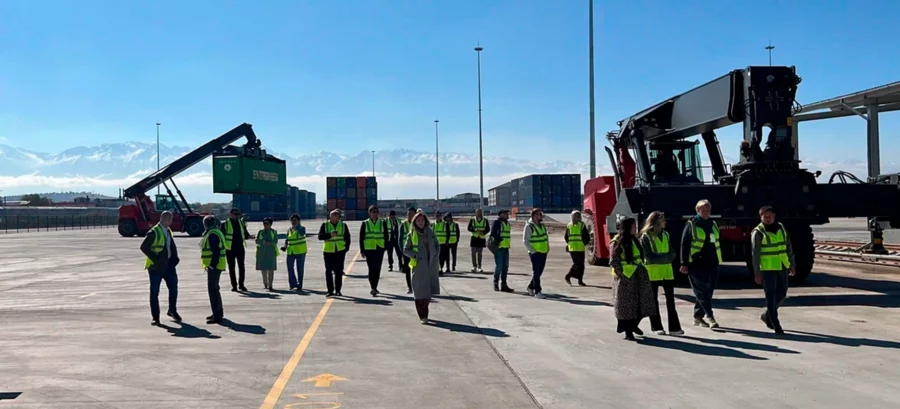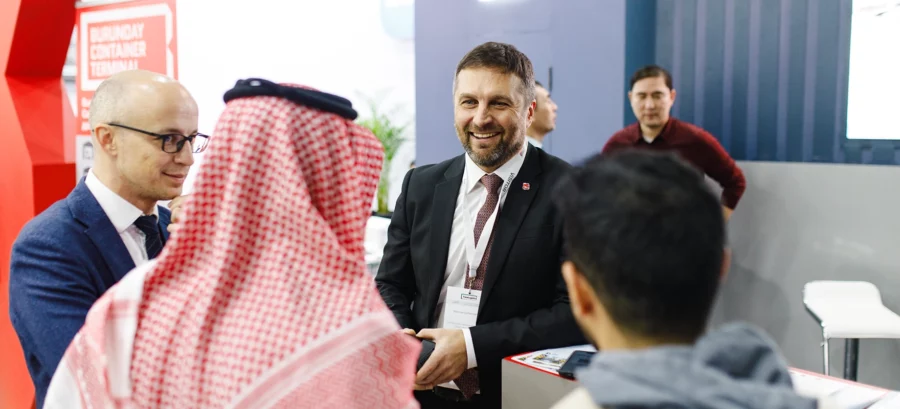Inland terminals: vital nodes in modern logistics —
Inland terminals play a pivotal role in connecting maritime gateways with inland destinations, enabling cargo to flow seamlessly between rail, road, and inland waterways. These terminals are critical for supply chain efficiency, especially in large or landlocked regions where inland links define the speed and cost of trade.
But efficient inland operations are not guaranteed. These facilities face unique challenges that require a high level of coordination, visibility, and adaptability. From rail schedule synchronization to yard congestion, even small inefficiencies can lead to major delays.
Key challenges faced by inland terminals
Operating at the intersection of multiple transport modes, inland terminals must constantly solve for:
- Rail-road-inland waterway coordination: Aligning schedules and workflows to avoid bottlenecks.
- Accurate and timely railcar handling: Minimizing dwell time during loading/unloading.
- Truck management: Reducing idle time at gates and staging areas.
- Storage optimization: Dynamically allocating space across various cargo types, including refrigerated units.
- Regional constraints: Navigating extreme weather, local infrastructure limitations, or cross-border regulations.
Without intelligent process automation, these challenges translate into congestion, delays, and productivity losses.
Solvo.TOS: automation designed for complexity
Solvo.TOS is purpose-built to handle the operational diversity and real-time demands of inland terminals. The platform offers integrated automation and visibility across key business areas:
1. Rail operations
- Automates train scheduling, block train formation, and railcar allocation based on cargo type and train specs.
- Supports real-time planning and control of railcar handling activities.
- Integrates with external rail logistics systems for seamless data exchange.
2. Road transport
- Manages truck arrivals with truck call processing (pre-gate workflow).
- Streamlines cargo loading/unloading with automated job generation.
- Coordinates with cargo-handling equipment (CHE) for optimal resource usage.
3. Yard and gate operations
- Controls truck and CHE routing with dynamic traffic management.
- Enhances gate control to prevent congestion and reduce turnaround time.
- Offers full visibility over vehicle and cargo flows within the terminal.
4. Storage and maintenance
- Implements rule-based dynamic stacking strategies and graphical terminal layouts.
- Provides real-time reefer container monitoring with alerts and maintenance tracking.
- Supports repair management for containers and equipment.
Why automation matters for inland logistics
At inland terminals, time is throughput. Each idle minute impacts downstream performance — whether it’s a delayed train connection, a missed truck slot, or a cold-chain disruption.
Solvo.TOS empowers terminals to:
- Synchronize intermodal operations in real time
- Reduce human error through process automation
- Maximize yard and gate capacity
- Improve safety and traceability
With unified visibility across rail, road, and yard, terminals can shift from reactive firefighting to proactive planning — making them more agile, more efficient, and better equipped to handle future growth.
Ready to modernize your inland terminal?
Solvo.TOS brings proven automation to complex intermodal operations. Whether you’re operating a rail-linked terminal, a cross-border logistics hub, or a cold-chain depot, our platform is designed to help you manage complexity with confidence.
Let’s talk about how Solvo can support your inland operations — and help you build a logistics hub that moves as efficiently as your cargo does.
